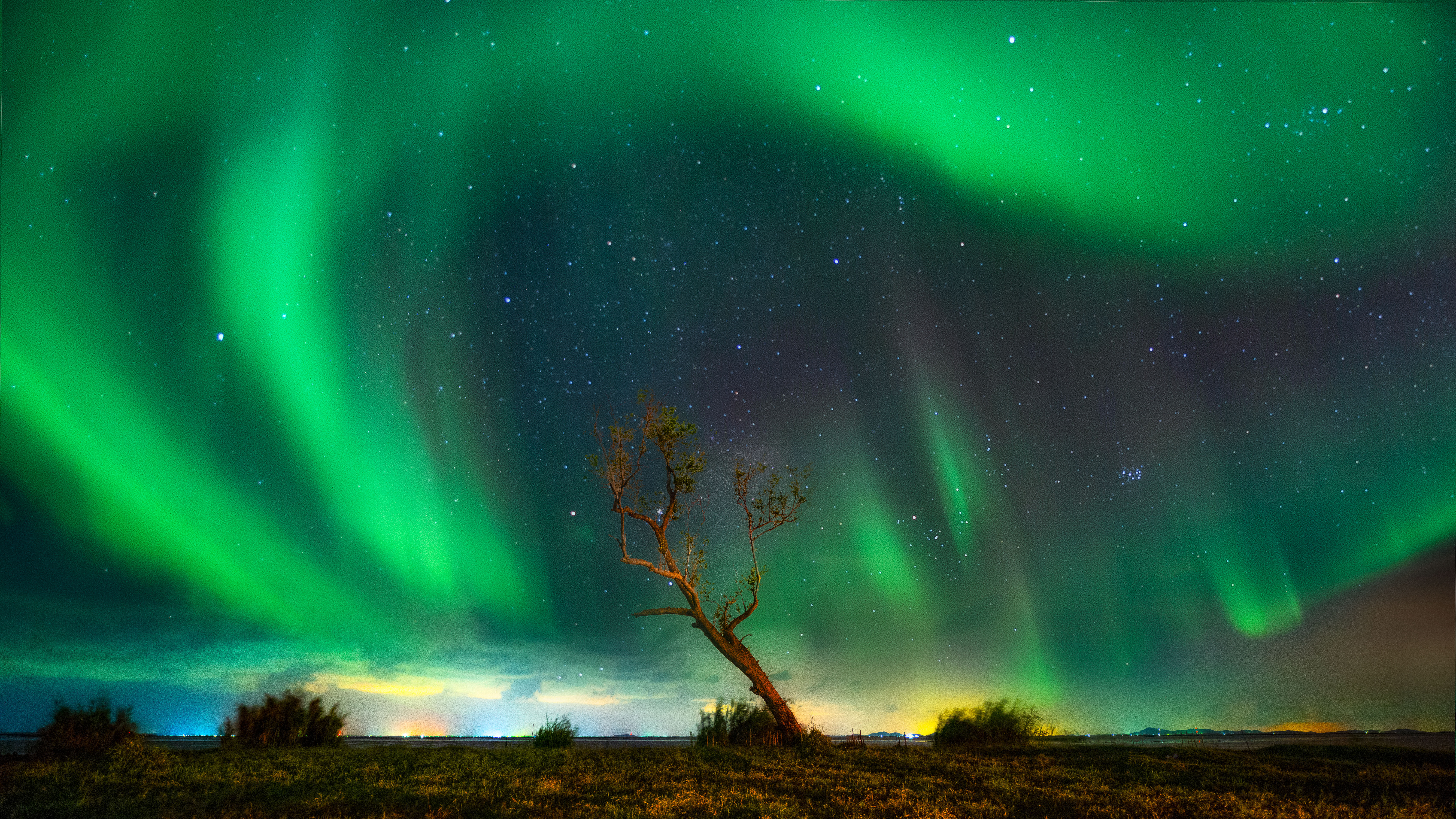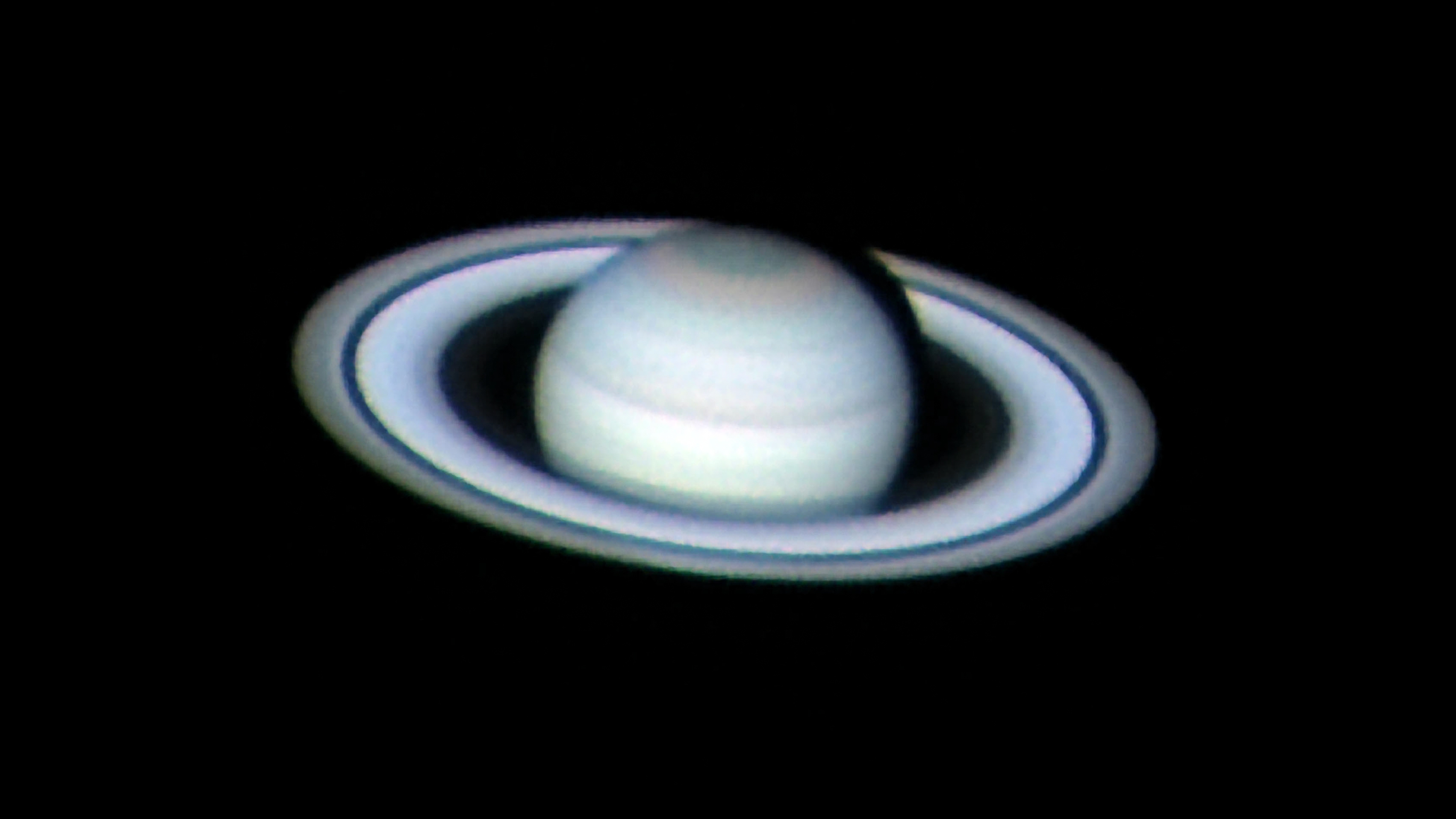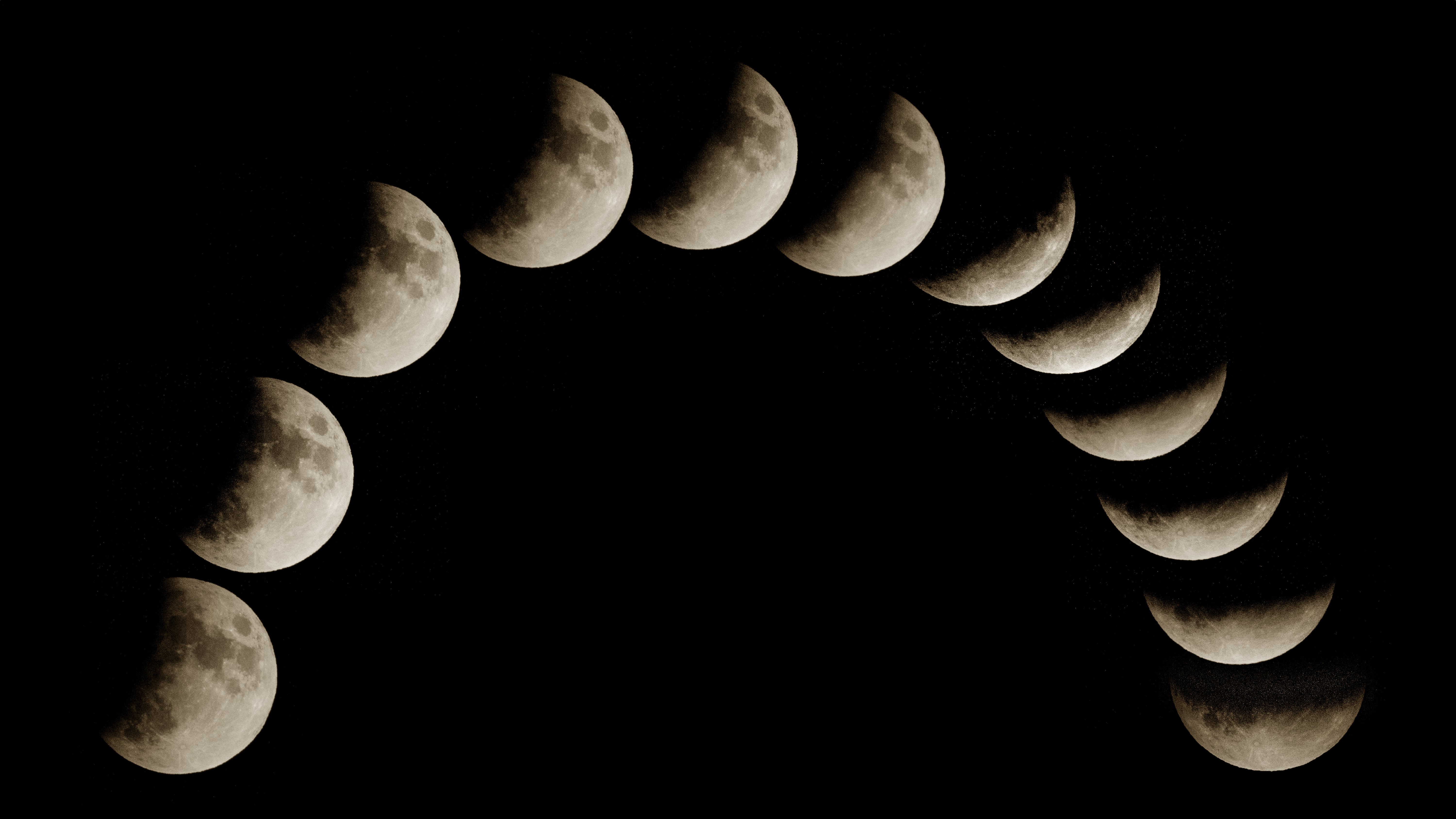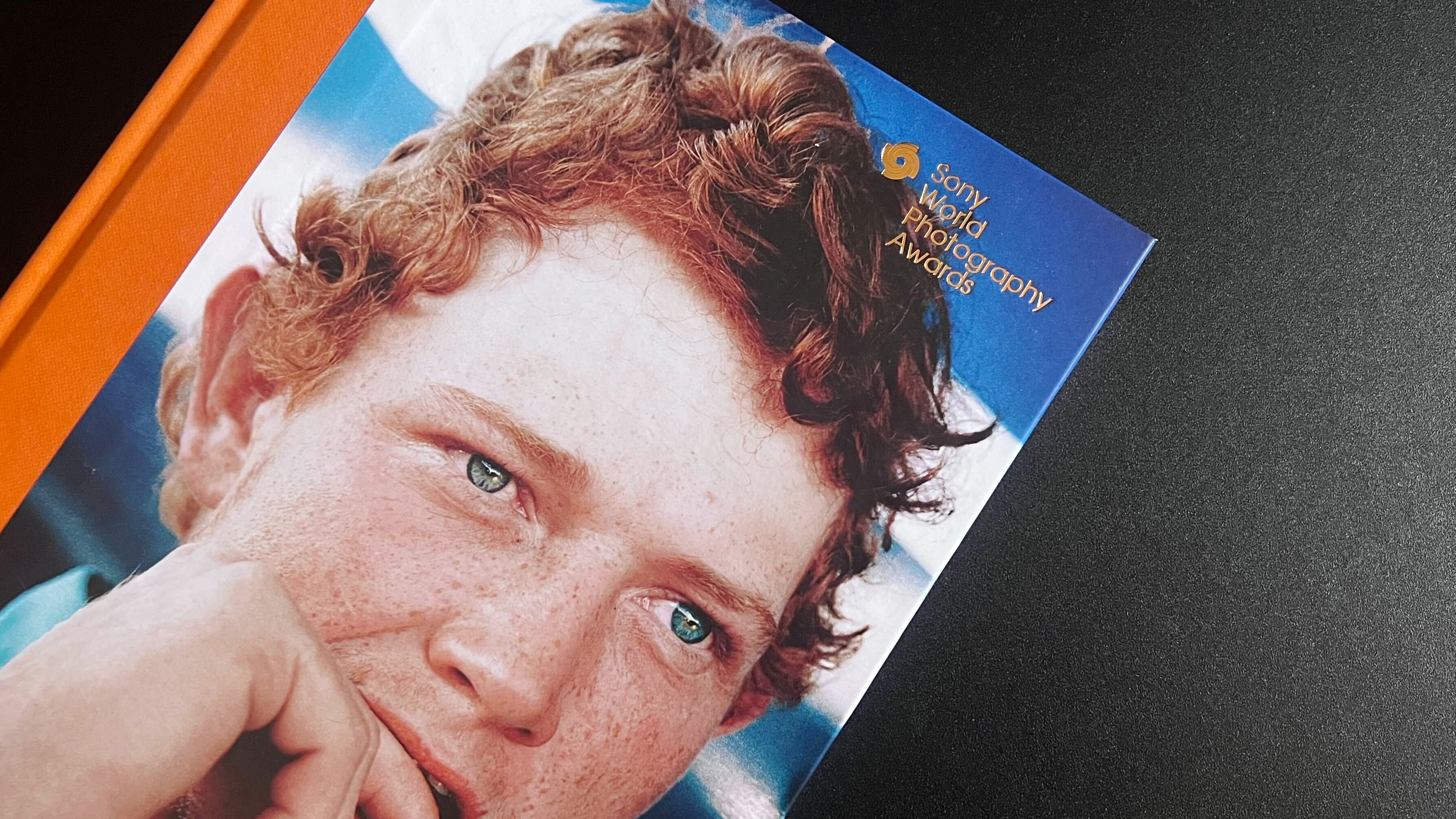Astrophotography in September 2024: what to shoot in the night sky this coming month
Everything you need to know about what’s happening in the night sky this month

With the equinox on 22 Sept., this is a month when the evenings begin noticeably earlier in the northern hemisphere, and last longer. If that’s good news for astrophotographers, so is the onset of the Northern Lights season. After a flurry of powerful displays in late spring and summer in 2024, the coming months — which coincides with the once-on-11-years ‘solar maximum’ — promise much. Other highlights this month include the reappearance in the post-sunset sky of Venus, a partial lunar eclipse and the chance – if it remains intact – of views of comet Tsuchinshan-ATLAS, which might just reach naked-eye visibility.
Here’s everything you need to know about astrophotography in September 2024…
Monday, 26 August - Monday, 7 September: Dark sky window
After a summer of short nights when darkness has been hard to find, here comes some respite for astrophotographers. Sunrise and sunset times aside, however, clear night skies free from moonlight are also required for great night sky images. The nights will be moonlight-free for around 10 nights from 26 Aug., 50% illuminated last quarter moon phase through to the crescent moon on 7 Sept.
Read: Astrophotography: How-to guides, tips and videos.
Wednesday, 4 September: A young crescent moon and Venus
To photograph the slimmest possible crescent moon against the early twilight sky, be somewhere with a good view low to the western horizon just after sunset tonight. Your target is a 3%-lit crescent moon, but Venus is alongside it as a bonus this month. It’s just emerged from the sun's glare and will rise into the post-sunset sky until January. Be quick to catch this conjunction because it will sink within an hour of sunset.
Read: When to photograph the moon
Thursday, September 5: A crescent moon and ‘Earthshine’
Now slightly brighter and easier to see, the still slim crescent moon will have moved beyond Venus and be higher above the horizon tonight. You’ll see ‘Earthshine’ on the dark region of the moon, something wide-angle lenses tend to natively pick up. You can try for a similar shot on Friday (when it will shine close to bright star Spica) and Saturday, too, before the illuminated part of the moon grows so bright that it drowns out the delicate ‘Earthshine.’
Get the Digital Camera World Newsletter
The best camera deals, reviews, product advice, and unmissable photography news, direct to your inbox!
Read: The best cameras for astrophotography
Saturday, 7 September: Saturn at Opposition

Tonight is the night for the Saturn to look its best in 2024. Earth is positioned exactly between the sun and Saturn tonight, making the distance to the ringed planet as short as possible. That means 100% of Saturn’s disk is visible as it rises in the east around sunset and sets in the west around sunrise. The rings are side-on to Earth this year.
Friday, 13 September: Venus And Spica
If you’re excited about seeing Venus again after its long absence from the evening sky, here’s an opportunity to image it immediately after sunset in the west. It will be close to Spica in Virgo tonight, one of the brightest stars of all. The two will set together around an hour after sunset, so the window for photography is narrow.
Sunday, 22 September: Moon, Jupiter And ‘Seven Sisters’

About an hour before midnight, a delightful panorama of a waning gibbous moon flanked by a bright planet Jupiter below and a sparkling open star cluster, the Pleiades (also called the ‘Seven Sisters’), above, will be visible. They will rise in the northeastern night sky after midnight, as seen from the northern hemisphere.
Read: How to photograph the full moon
Tuesday, 24 September-Friday, 6 October: Dark sky window
The last quarter moon phase on September 24 will see our natural satellite rise around midnight and later in the coming nights, ensuring after-dinner skies are dark and free from bleaching moonlight. That will continue through 6 Oct. when a waxing crescent moon will appear bright after dark.
Read: How to photograph the Milky Way
Friday, September 27: Comet Tsuchinshan-ATLAS
Comets are notoriously difficult to predict. As they approach the sun, they can brighten or disintegrate. What will happen to comet C/2023 A3 (Tsuchinshan-ATLAS) is unclear, but if it is to become bright enough to become visible to the naked eye, then tonight’s the night because it’s at perihelion—the closest it will get to the sun. Look east just before dawn.
Read more: The best lenses for astrophotography
Shot of the month: A partially eclipsed ‘Harvest Supermoon’

Don’t make any arrangements for Tuesday, 17 September. It’s not just a full moon, but the most famous one, the ‘Harvest Moon.’ Not enough to get you excited? It’s also a ‘supermoon,’ the second of four in 2024, as the full phase coincides with the moon being closest to Earth in its elliptical monthly orbit. If you’re still not animated, consider also that the Earth will partially eclipse it.
From North America, the full moon will rise in the east during dusk, so the eclipse's effect may be dulled. From Europe, it will happen over a few hours when the moon is high in the sky. You can use this map to see your view and exact timings from any location on the planet.
Use a mirrorless or DSLR camera with a 500-600mm telephoto lens, focus on the moon and use these basic settings: ISO 100, f/8 aperture and 1/125-1/250 sec shutter speed (experimenting with shutter speed as the eclipse progresses).
Read: How to photograph the Blood Moon
Read more:

Jamie has been writing about photography, astronomy, astro-tourism and astrophotography for over 15 years, producing content for Forbes, Space.com, Live Science, Techradar, T3, BBC Wildlife, Science Focus, Sky & Telescope, BBC Sky At Night, South China Morning Post, The Guardian, The Telegraph and Travel+Leisure.
As the editor for When Is The Next Eclipse, he has a wealth of experience, expertise and enthusiasm for astrophotography, from capturing the moon and meteor showers to solar and lunar eclipses.
He also brings a great deal of knowledge on action cameras, 360 cameras, AI cameras, camera backpacks, telescopes, gimbals, tripods and all manner of photography equipment.
